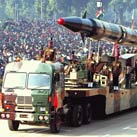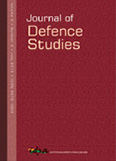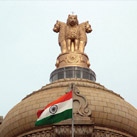Transfer of Defence Technology: Moving beyond Self-Reliance towards Technological Superiority
Foreign collaborations optimised for profit, risk-sharing and a common goal of achieving technological superiority could well enable India to break into the global market in select areas.
- Kevin A. Desouza |
- July 31, 2017 |









